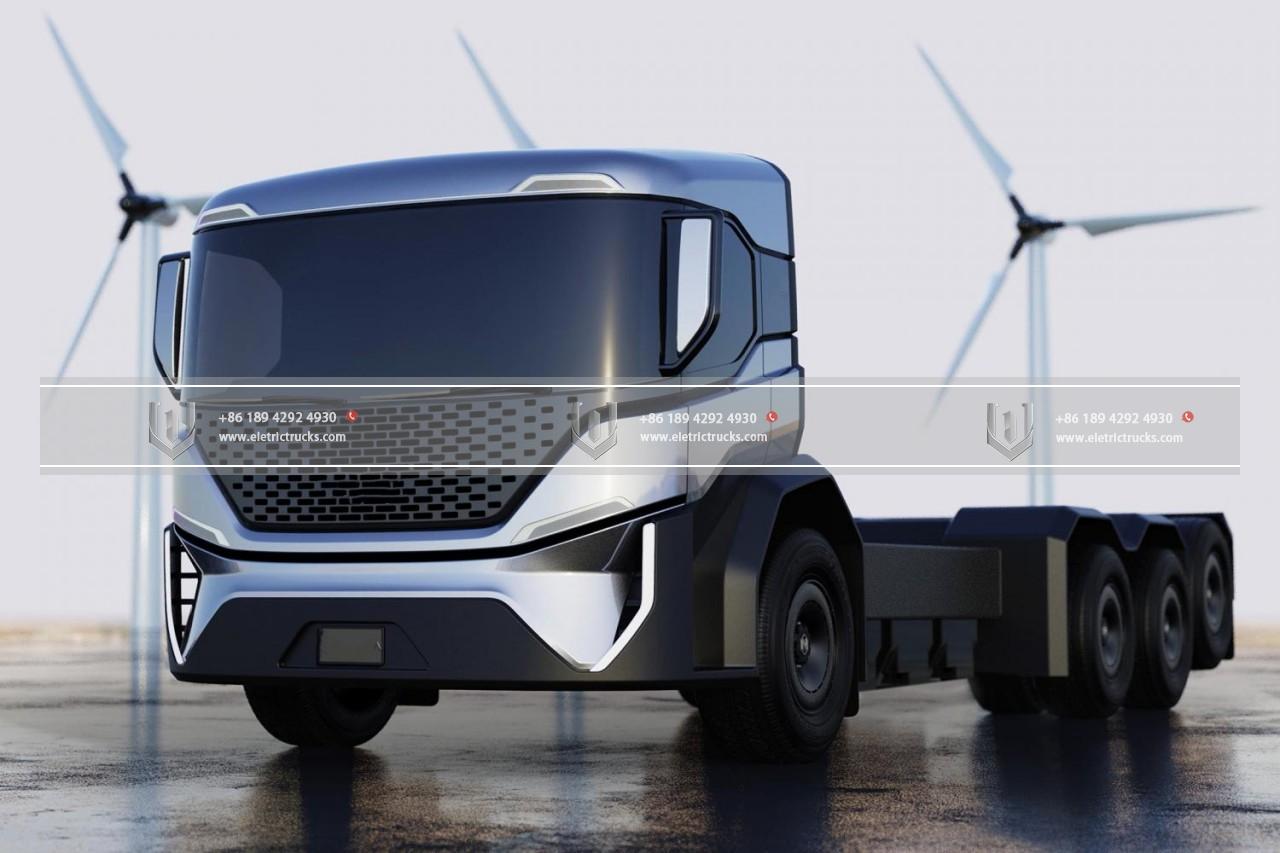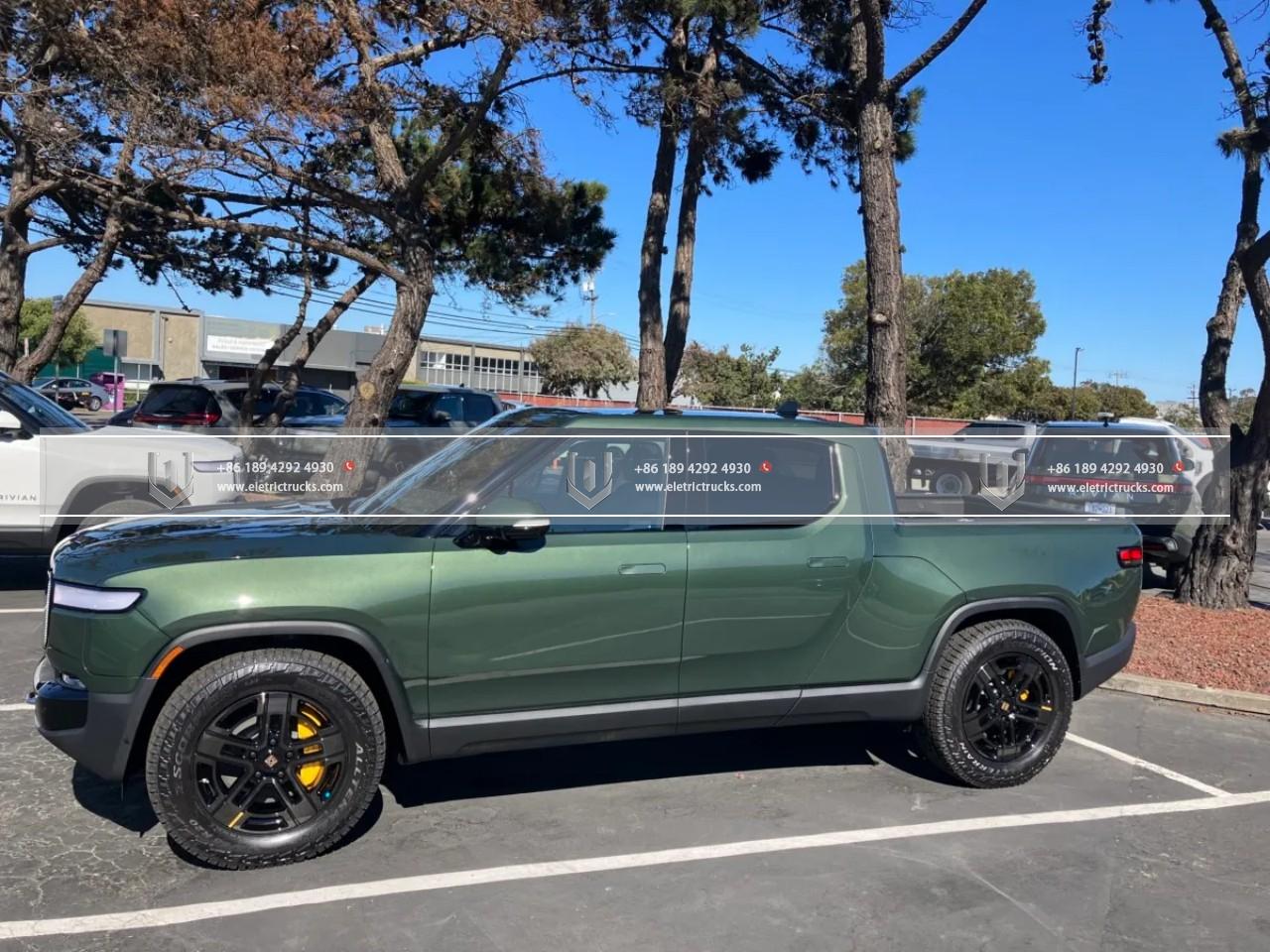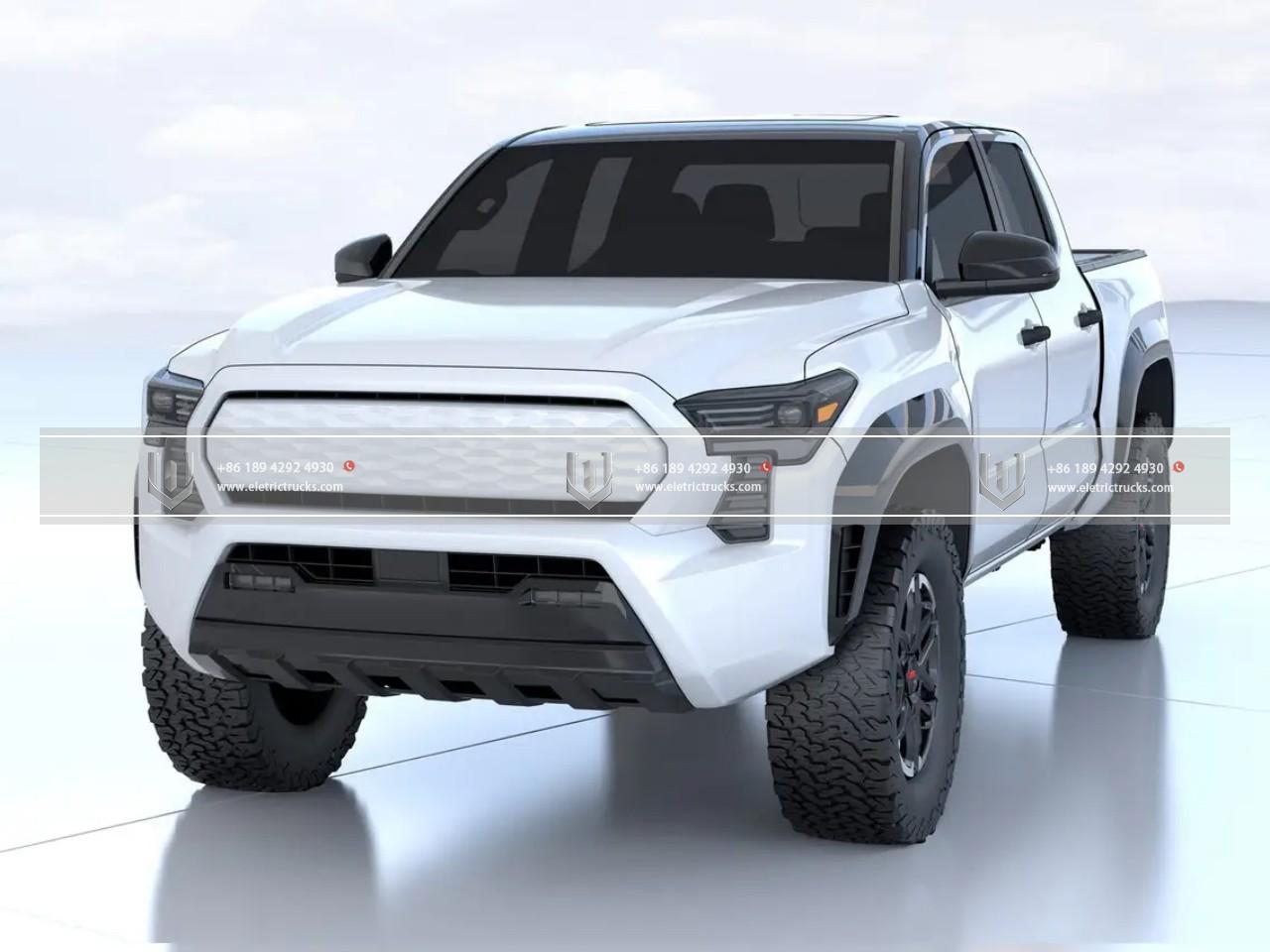Kunnskap til elektrisk lastebil
Silent Powerhouses: Exploring the World of Electric Trucks
De siste årene, there has been a significant shift towards sustainable transportation solutions. As concerns over climate change og air pollution continue to grow, industries across the globe are searching for greener alternatives to traditional fuel-based vehicles. In this quest for a cleaner future, elektrisk lastebils have emerged as silent powerhouses, revolutionizing the way goods are transported while minimizing environmental impact. In this article, we will delve into the world of electric trucks, exploring their benefits, challenges, and the promising future they hold.
Elektrisk lastebils, also known as e-trucks, are vehicles powered by electricity instead of fossil fuels. These trucks utilize advanced battery technology og electric motors to deliver high torque and efficient performance. Med zero tailpipe emissions, they offer a greener and more sustainable alternative to conventional diesel-powered trucks, which are known for their significant contribution to air pollution and greenhouse gas emissions.
One of the most prominent advantages of elektrisk lastebils er deres environmental impact. By eliminating tailpipe emissions, they reduce air pollution in densely populated areas, improving air quality and public health. According to the Environmental Protection Agency (EPA), transportation is a leading source of greenhouse gas emissions in the United States, and the adoption of elektrisk lastebils can play a pivotal role in reducing carbon footprints. Ved å gå over til elektrisk lastebils, companies can contribute to the fight against climate change while also complying with stricter emission regulations.

In addition to their environmental benefits, elektrisk lastebils offer several advantages for businesses. The operational costs of elektrisk lastebils are significantly lower than those of conventional diesel trucks. Elektrisk kjøretøys have fewer moving parts and require less maintenance, resulting in reduced servicing and repair expenses. Dessuten, the cost of electricity is generally lower than that of diesel fuel, leading to substantial savings in fuel costs for companies operating large fleets of trucks.
The evolution of batteriteknologi has been instrumental in the widespread adoption of elektrisk lastebils. Advancements in lithium-ion batteries, which offer higher energy density and longer-range capabilities, have addressed the limitations of earlier battery technologies. Elektrisk lastebils equipped with these advanced batteries can now travel significant distances on a single charge, making them a viable option for long-haul transportation. Rapid charging infrastructure is also expanding, enabling efficient recharging and reducing downtime for e-truck operators.
Despite these advantages, elektrisk lastebils face several challenges that need to be overcome for wider adoption. One of the primary concerns is the limited charging infrastructure. While charging stations are gradually being established, there is still a need for a comprehensive network of fast-charging stations that can support the demand of commercial fleets. The expansion of charging infrastructure is crucial to ensure seamless operations and prevent range anxiety for truck drivers.
Another challenge lies in the weight and size of batteries. Elektrisk lastebil batteries are larger and heavier than traditional truck fuel tanks, impacting the vehicle’s payload capacity. To overcome this limitation, manufacturers are investing in research and development to develop lighter and more compact batteries without compromising performance. Innovations such as solid-state batteries og battery-swapping technologies hold promise for future advancements i elektrisk lastebilteknologi.

Videre, the upfront cost of elektrisk lastebils is currently higher than that of diesel trucks. Although elektrisk lastebil prices have been decreasing over the years, de initial investment remains a significant barrier for many businesses. Imidlertid, it is important to consider the total cost of ownership, which includes factors such as fuel savings, lower maintenance costs, and potential government incentives. As technology advances and economies of scale come into play, elektrisk lastebils are expected to become more affordable and competitive in the market.
The future of elektrisk lastebils looks promising, with continuous advancements in technology and growing support from governments and regulatory bodies. Many countries have set ambitious targets to phase out diesel-powered vehicles and promote the adoption of elektrisk kjøretøys, including trucks. Governments are offering incentives and subsidies to encourage the purchase of elektrisk lastebils, while also investing in charging infrastructure development. I tillegg, major automobile manufacturers are investing heavily in electric truck production, driving innovation and expanding the options available in the market.
Fordelene ved elektrisk lastebils extend beyond the transportation industry. As more businesses switch to elektrisk lastebils, the demand for clean energy and renewable sources like solar and wind power is expected to rise. This increased demand can drive the development and implementation of renewable energy infrastructure, leading to a more sustainable and resilient energy system.

Dessuten, the positive impact of elektrisk lastebils goes beyond environmental and economic benefits. These vehicles also offer a quieter and more pleasant urban environment. Tradisjonell diesel lastebils are known for their noisy engines, bidra til noise pollution in cities and residential areas. Elektrisk lastebils, på den annen side, operere lydløst, significantly reducing noise levels and creating a more peaceful atmosphere. This has a direct impact on the quality of life for residents and can contribute to the overall well-being of communities.
Adopsjonen av elektrisk lastebils is not limited to the transportation of goods. Other sectors, such as waste management and public transportation, are also exploring the benefits of elektrisk kjøretøys. Electric garbage trucks, for eksempel, can operate silently in residential areas, minimizing disturbance to residents during early morning collections. Electric buses are becoming increasingly popular in urban areas, offering a clean and quiet mode of public transportation that reduces emissions and improves air quality.
Innovations in autonomous driving technology are also expected to play a significant role in the future of elektrisk lastebils. Autonom elektrisk lastebils have the potential to optimize logistics operations, improve efficiency, and reduce costs. With self-driving capabilities, these trucks can operate continuously, minimerer nedetid og maksimerer produktiviteten. They can also be programmed to optimize routes, reduce congestion, and enhance overall traffic management. The combination of electric and autonomous technologies holds immense promise for the future of the lastebilbransjen, revolutionizing the way goods are transported.

It is worth mentioning that the transition to elektrisk lastebils requires collaboration and investment fra ulike interessenter. Regjeringer, policymakers, and industry leaders must work together to accelerate the deployment of charging infrastructure and develop supportive regulations. Financial incentives and subsidies can further encourage businesses to adopt elektrisk lastebils and invest in renewable energy sources. Collaboration between automobile manufacturers and energy providers is also crucial to ensure the seamless integration of elektrisk lastebils into the existing transportation and energy infrastructure.
The shift towards elektrisk lastebils is not just a trend; it is a necessary step towards a sustainable and resilient future. De miljømessige fordeler, lavere driftskostnader, og teknologiske fremskritt make elektrisk lastebils an attractive option for businesses seeking to reduce their carbon footprint and stay ahead of regulatory requirements. As the charging infrastructure expands og batteriteknologi continues to improve, the limitations that currently exist will gradually diminish, å lage elektrisk lastebils a mainstream choice for transportation.
Avslutningsvis, elektrisk lastebils represent a significant advancement in the world of transportation. These silent powerhouses offer numerous benefits, including reduced emissions, lavere driftskostnader, and a quieter urban environment. While challenges such as charging infrastructure and upfront costs need to be addressed, the increasing support from governments, advancements in battery technology, and the commitment of industry leaders indicate a bright future for elektrisk lastebils. By embracing this transformative technology, we can pave the way for a cleaner, greener, and more sustainable world. The era of silent powerhouses has arrived, and the future of elektrisk lastebils looks promising.

